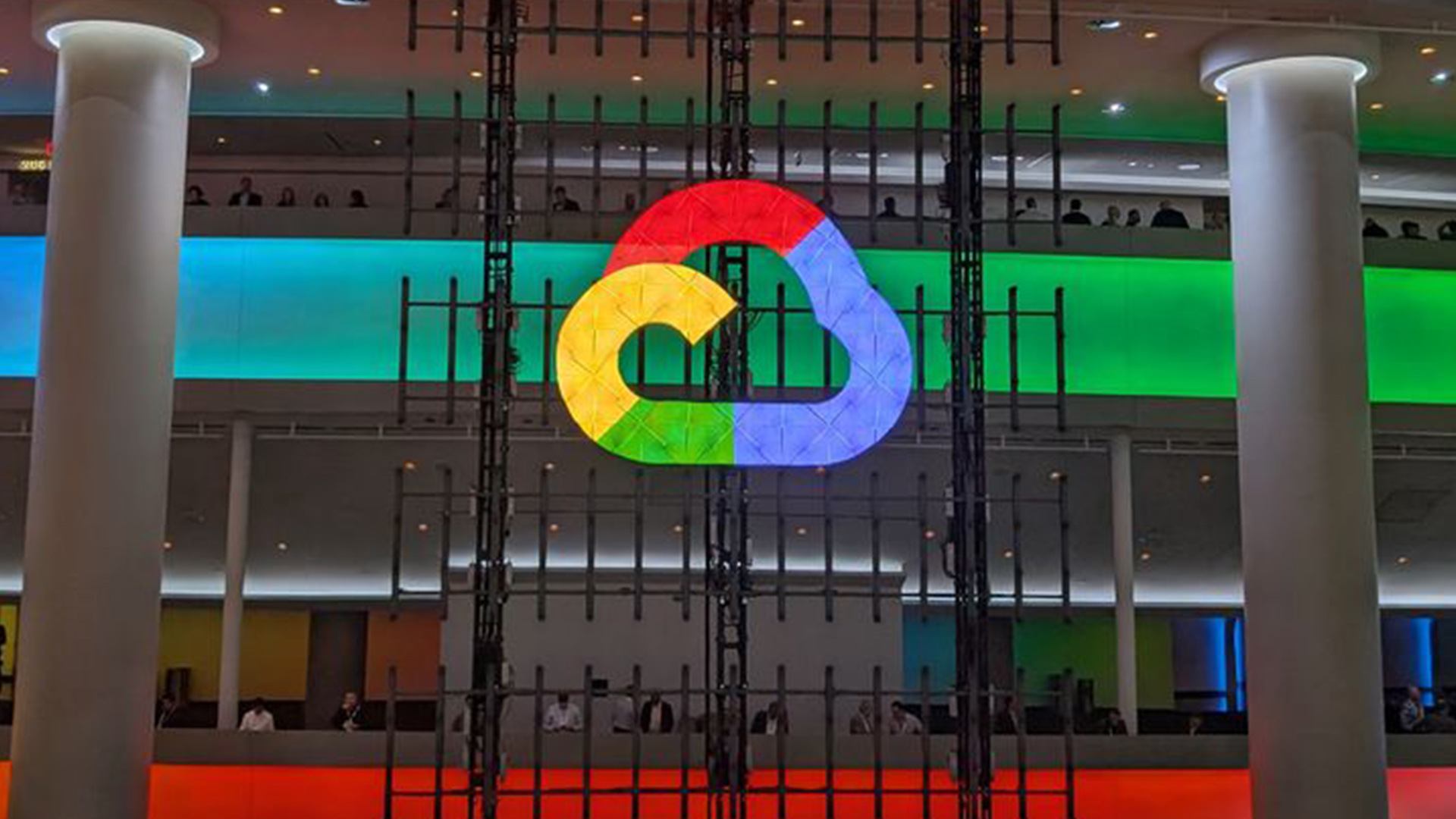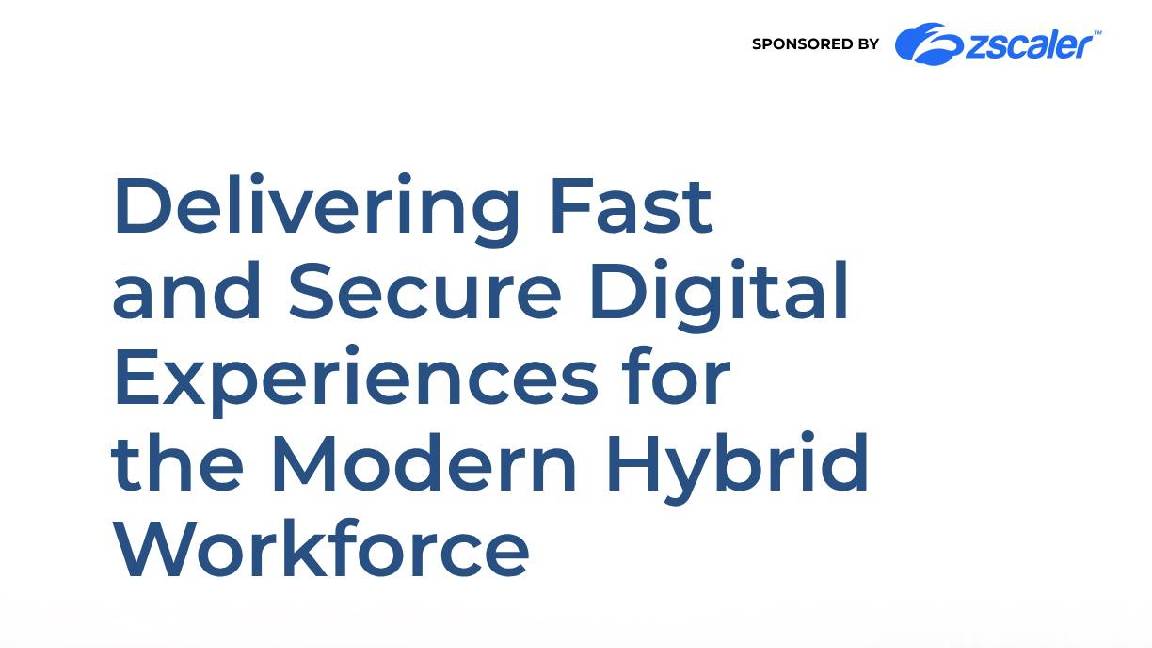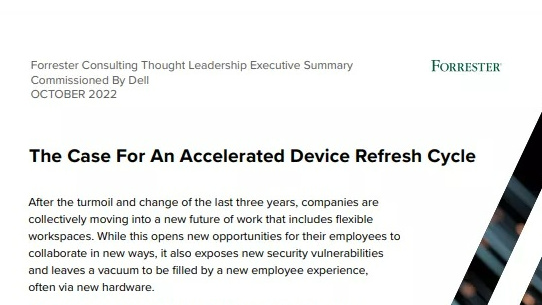Collaborative hellholes
Mark Samuels ponders why many collaborative initiatives actually fail to achieve their goals.


Employees need to collaborate more. It is a mantra senior executives are used to hearing, especially in the modern era of work that is dominated by the prevalence of digital technology, social media and cloud computing.
While the building blocks are in place to help workers collaborate, the methods that are constructed to help smooth communication are often lopsided. Take these comments from a CIO I spoke to recently, who described internal wikis as "the curated hellhole of an organisation." His point was that, despite best intentions, most collaborative attempts flounder.
In the case of an internal wiki, the objective is to get people posting ideas and sharing best practice. Which seems a reasonable enough aim. After all, too much great knowledge stays embedded in workers' minds. Everyone has encountered the situation where a great employee leaves and there is no documentation to capture how this individual operated.
In short, what emerges from the collaborative process is a curated hellhole. But do all attempts to increase collaboration in the digital age have to lead to something hideous?
An internal wiki is one method for codifying practice and ensuring an employee exit does not leave a gaping void. But the CIO I spoke to believed the method was as good as useless. The internal thought police muddy the best intentions of the wiki. A cohort of HR, PR and communications executives almost always moderates comments.
Instead of worker-generated knowledge, the internal wiki quickly becomes an employer-controlled marketing statement. In short, what emerges from the collaborative process is a curated hellhole. But do all attempts to increase collaboration in the digital age have to lead to something hideous?
At some point, most of us will have used an internal collaboration tool such as Microsoft SharePoint. And most of us, on attempting to use such systems, will have yearned for the days of saving documents locally on the hard drive. That sort of yearning leads employees to work to their own rules and download Dropbox. The result, then, is information anarchy and knowledge leakage.
What often starts out as an attempt to increase collaboration actually leads to more individualised ways of working. Humans are naturally secretive beasts and collaborative tools often feel like an unnaturally overt way of working. The digital age has led to us all being a little bit sneakier.
Get the ITPro daily newsletter
Sign up today and you will receive a free copy of our Future Focus 2025 report - the leading guidance on AI, cybersecurity and other IT challenges as per 700+ senior executives
Doubters need only take a quick glance at their social media timelines. Just contemplate the huge amount of self-editing that takes place before people post an opinion online. In an attempt to increase collaboration, we and our employers are all in danger of creating millions of curated hellholes. And that prospect is simply horrifying.

Mark Samuels is a freelance writer specializing in business and technology. For the past two decades, he has produced extensive work on subjects such as the adoption of technology by C-suite executives.
At ITPro, Mark has provided long-form content on C-suite strategy, particularly relating to chief information officers (CIOs), as well as digital transformation case studies, and explainers on cloud computing architecture.
Mark has written for publications including Computing, The Guardian, ZDNet, TechRepublic, Times Higher Education, and CIONET.
Before his career in journalism, Mark achieved a BA in geography and MSc in World Space Economy at the University of Birmingham, as well as a PhD in economic geography at the University of Sheffield.
-
 Global cybersecurity spending is set to rise 12% in 2025 – here are the industries ramping up investment
Global cybersecurity spending is set to rise 12% in 2025 – here are the industries ramping up investmentNews Global cybersecurity spending is expected to surge this year, fueled by escalating state-sponsored threats and the rise of generative AI, according to new analysis from IDC.
By Ross Kelly Published
-
 Google Cloud is leaning on all its strengths to support enterprise AI
Google Cloud is leaning on all its strengths to support enterprise AIAnalysis Google Cloud made a big statement at its annual conference last week, staking its claim as the go-to provider for enterprise AI adoption.
By Rory Bathgate Published
-
 'Digital hide-and-seek': Workers are wasting hundreds of hours a year sourcing the information they need to carry out their role
'Digital hide-and-seek': Workers are wasting hundreds of hours a year sourcing the information they need to carry out their roleNews Knowledge workers globally are wasting a quarter of their working week tracking down information, new research from Atlassian has revealed.
By George Fitzmaurice Published
-
 Untethered: How CIOs and CISOs are paving the way for the new hybrid workforce
Untethered: How CIOs and CISOs are paving the way for the new hybrid workforceWhitepaper Effective techniques to transition from exposed legacy infrastructure to an effective zero trust strategy
By ITPro Published
-
 Unlocking the power of your digital services
Unlocking the power of your digital servicesSponsored Businesses have invested significant cash into technology since COVID-19, but are they really getting their money's worth?
By ITPro Published
-
 Delivering fast and secure digital experiences for the modern hybrid workforce
Delivering fast and secure digital experiences for the modern hybrid workforceWhitepaper A new approach to digital experience monitoring that can monitor the health of all systems
By ITPro Published
-
 Collaboration is the glue that holds your business together
Collaboration is the glue that holds your business togetherSPONSORED A combination of productivity tools and cloud telephony can enable the best from your workforce
By ITPro Published
-
 The future of work and the forgotten workforce
The future of work and the forgotten workforcewhitepaper How to deploy a mobile-first strategy so no one gets left behind
By ITPro Published
-
 The case for an accelerated device refresh cycle
The case for an accelerated device refresh cycleWhitepaper Achieving a more cost-effective device lifecycle overall
By ITPro Published
-
 Employees are choosing how they work
Employees are choosing how they workWhitepaper And with the right secure digital strategy, this could be a great thing for your business: today and far into the future
By ITPro Published